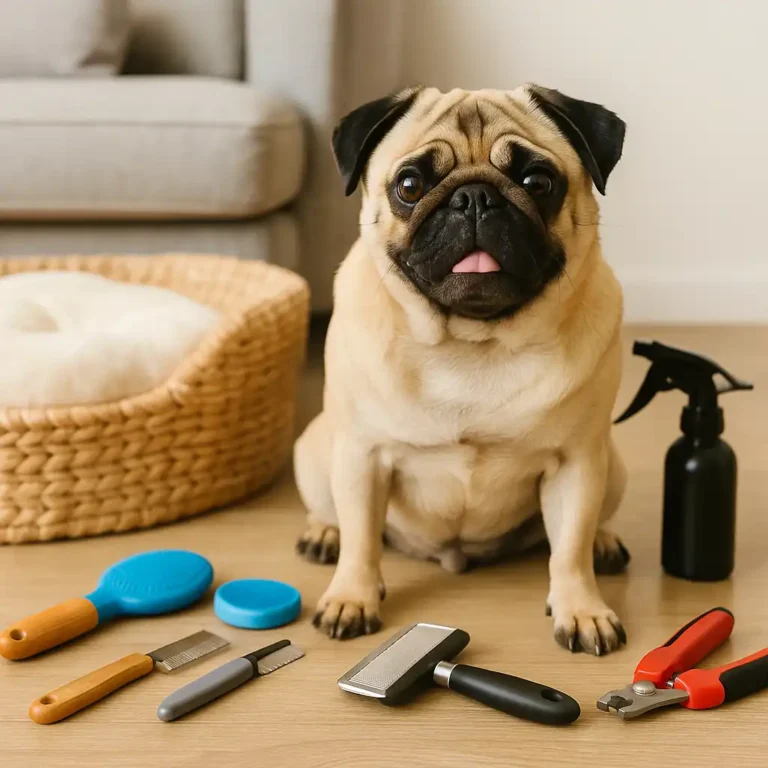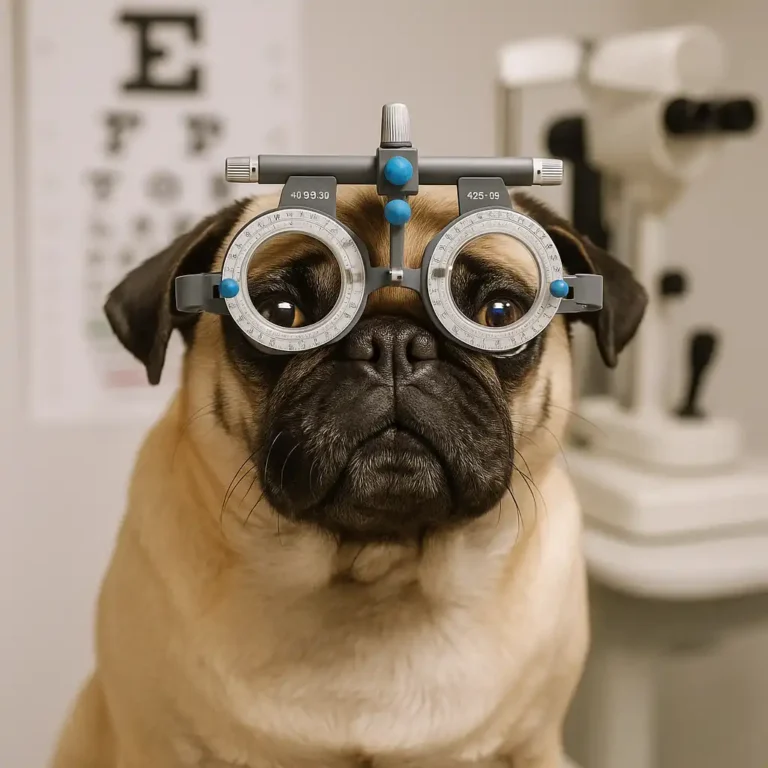What Is the Life Expectancy of a Pug Dog? Lifespan Facts and Health Factors

Disclosure: This post contains affiliate links. As an Amazon Associate, I earn from qualifying purchases—at no extra cost to you.
Last Updated: December 2025
Pugs are known for their affectionate personalities and close bond with their families, which naturally makes owners curious about how long they can expect to share life with their dog. Questions about life expectancy often come up as pugs reach adulthood or when subtle signs of aging begin to appear.
On average, pugs live between 12 and 15 years. Some live longer with attentive care, while others face health challenges that affect longevity. Genetics, daily habits, and long-term health management all play a role in how long a pug lives.
👉 For a broader look at how lifespan connects with overall breed health, this pug health and longevity overview explains why proactive care matters throughout a pug’s life.
🔍 What Is the Average Life Expectancy of a Pug?
Most pugs reach their early to mid-teens, with around 13 years being fairly typical. A pug that maintains a healthy weight and receives regular veterinary care often reaches or exceeds this range.
Individual lifespan varies. Some pugs experience health issues earlier, while others remain comfortable and active well into their senior years.
🔍 What Factors Influence a Pug’s Life Expectancy?
Genetics play a major role, but daily routines matter just as much. Diet quality, portion control, exercise habits, and consistent veterinary care all influence long-term health.
Environmental factors also affect lifespan. Avoiding extreme heat, limiting physical strain, and managing breathing-related issues help protect a pug’s body over time.
🔍 Common Health Issues That Affect Lifespan
Pugs are prone to several health conditions that can influence life expectancy if not managed properly. Breathing difficulties, obesity, joint strain, and eye problems are among the most common concerns.
These conditions don’t automatically shorten a pug’s life, but poor management can reduce comfort and increase health risks as they age.
🔍 Does Weight Affect How Long a Pug Lives?
Yes. Excess weight places added strain on a pug’s joints, heart, and breathing. Because pugs already have compact bodies and short airways, obesity can significantly affect both comfort and longevity.
Maintaining a healthy weight is one of the most effective ways to support a longer, healthier life.
🔍 Do Pugs Live Longer Indoors?
Pugs generally live longer when kept primarily indoors. Indoor living protects them from heat stress, environmental hazards, and accidental injuries.
Because pugs are sensitive to temperature and overexertion, a stable home environment supports better long-term health.
📌 Key Takeaways
- Pugs typically live 12 to 15 years
- Genetics and daily habits both affect life expectancy
- Obesity and breathing issues can shorten lifespan
- Indoor living supports longer, healthier lives
- Preventive care improves longevity and comfort
🟢 FAQs
Q: Is 10 years old considered old for a pug?
Ten is considered senior age for a pug, but many remain comfortable and active beyond that.
Q: Can pugs live longer than 15 years?
Yes. Some pugs live into their mid-to-late teens with good health management and consistent care.
Q: Do male or female pugs live longer?
There is no major difference. Overall care and individual health matter more than gender.
Q: What shortens a pug’s lifespan the most?
Poor weight management, unmanaged breathing issues, and lack of preventive care are the biggest factors.
✅ Conclusion
The life expectancy of a pug dog is typically between 12 and 15 years, but longevity depends on more than genetics alone. Healthy routines, weight control, and early attention to health concerns all shape how long—and how well—a pug lives. With thoughtful care, many pugs enjoy long, comfortable lives with their families.






